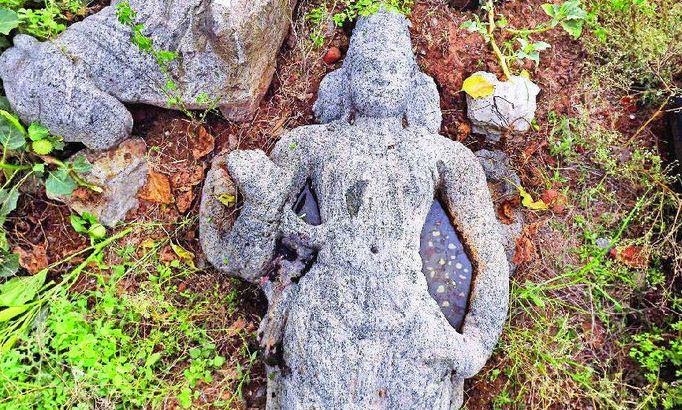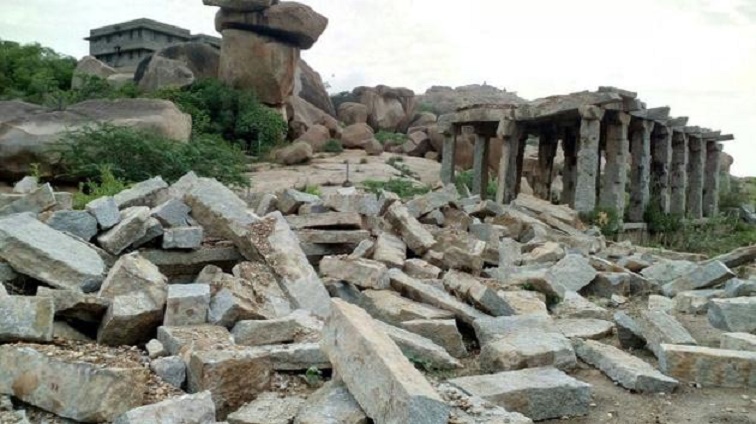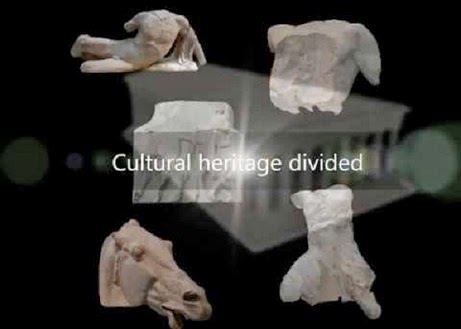Sew La Ti Embroidery [Search results for India]
South Asia: Looted Indian statue recovered

India: Rare sculptures thrown out as modern temple comes up at ancient Pallava site

North America: NY authorities seek custody of stolen artifacts worth over $100 million

India: Prehistoric cave art near Agra in peril

School of Planning & Architecture [Bhopal, India]
![School of Planning & Architecture [Bhopal, India]](//2.bp.blogspot.com/-ZdNnZRcb_2g/UdTG0v4gEYI/AAAAAAAAG3k/XsvdKdaaVDQ/s1600/bopal02.jpg)
India: Lothal, 4,400-year-old `City of Dead', being killed slowly

Heritage: Unearthing Vadnagar

India: Hampi’s ‘saalu mantapas’ collapse

India: Buddhist sites in Thotlakonda and Bavikonda cry out for attention

India: Mughal gateway collapses in North Delhi

More Stuff: Is Greece about to lose the Parthenon Sculptures forever?

India: Himachal govt to brainstorm ways to protect Buddhist heritage in Tabo

India: A golden makeover for an ancient Hindu temple

Heritage: Taxila, the lost civilisation

New face, new man: Shane Warne plays smooth-faced English gent as he accompanies Elizabeth Hurley to Elton John's White Tie and Tiara Ball

The Duchess dazzles: Kate and William bring a touch of glamour to charity gala
Under Pressure
Near East: ISIS sets eyes on Syrian site of Palmyra

Heritage: A new Zimbabwe site on the World Heritage List?

Nepal: Nepal to re-open UNESCO heritage sites to tourists in August

![School of Planning & Architecture [Bhopal, India]](http://2.bp.blogspot.com/-ZdNnZRcb_2g/UdTG0v4gEYI/AAAAAAAAG3k/XsvdKdaaVDQ/s1600/bopal02.jpg)

